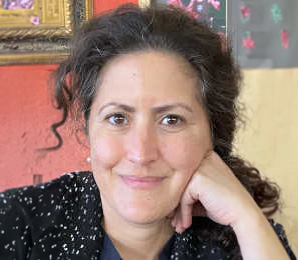Tag
telemedicine
-
A growing demand for telehealth services in rural U.S.
Americans living in rural areas are less likely to use telehealth services than urban residents. The reasons are not unique…

-
How to use health equity data to cover access to COVID‑19 rapid tests
When the Biden Administration rolled out two COVID-19 rapid tests programs in mid-January, Kaiser Health News reporters Victoria Knight and…

-
Predicting the evolution of telehealth over the next decade
Many of us have experienced how telehealth works today: Log on to a secure website and talk to your doctor…

-
Request to extend telehealth benefits for Medicare beneficiaries, and other story starters
There’s been a small flurry of stories and news updates on telehealth this summer. On July 26, some 430 health…

-
Study to investigate adolescent mental health during the pandemic
Much advice has appeared in the media over the past two months about how to manage anxiety, depression and other…

-
Researchers see potential for teledentistry to address disparities in care
Telehealth technologies are on the rise, connecting patients and providers, and expanding access to crucial health services that can be…

-
Experts discussed rural health topics at workshop
AHCJ’s 10th annual Rural Health Journalism Workshop brought journalists to North Carolina’s Research Triangle to hear from experts who offered…

-
Field trips at #AHCJ18 to include brain surgery, mobile stroke unit, telemedicine
Attendees of Health Journalism 2018 will likely have a difficult choice to make between this year’s two optional daylong field…

-
FCC vote on low-income Internet access could affect health disparities
The Federal Communications Commission (FCC) last week voted 3-2 along party lines to scale back Lifeline, a program that helps…

-
Telemedicine’s role in solving the opioid epidemic
On Thursday, President Donald Trump announced he would direct the Department of Health and Human Services to declare a 90-day…










